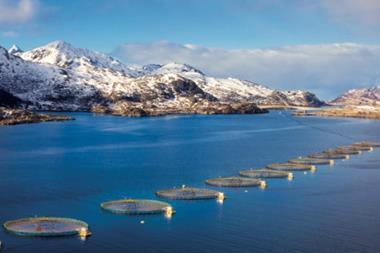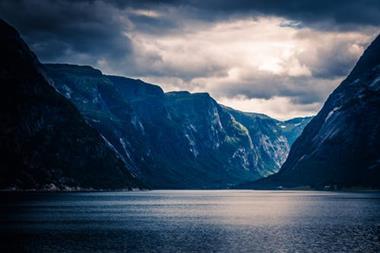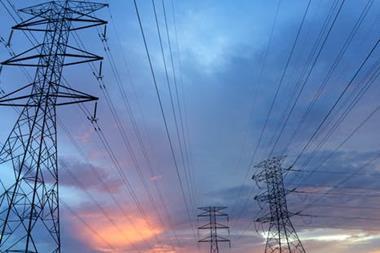KLP says it wants to invest in the infrastructure needed to move Norway’s large domestic shipping sector over to clean fuel, but the government first has to reduce the market risks of doing so.
Sverre Thornes, chief executive officer of the NOK720.8bn (€67bn) municipal pension fund, said: “Institutional investors can take a greater role and add additional necessary capital to the maritime sector.”
But market risk, including uncertainty related to future carbon pricing, was the biggest challenge here for the financial industry, KLP said in a statement yesterday.
As one of the financial institutions behind the Green Shipping Programme – a public-private partnership intiative in Norway – KLP said it had recently completed a pilot study on financing solutions for green maritime infrastructure.
KLP said managing risk was central study’s final report, which made three ”clear” recommendations to the authorities to ensure that enough money was put on the table.
These are to establish contracts where authorities cover the price difference between, for example, diesel and green hydrogen for a limited period; to provide government loan guarantees and thirdly, to ensure development of more renewable energy, according to KLP.
“In order for shipping to be part of the solution, and for Norway to be able to fulfil the climate obligations we have through the Paris Agreement, we need more green ships and more green fuel, as well as infrastructure and bunkering facilities that give the ships access to the fuel,” Thornes said.
“That promise must be taken now. We have the money, and we want to invest,” he said.
Norway aims to cut 55% of greenhouse gas (GHG) emissions by 2030, compared to 1990 levels. Emissions from domestic shipping, including fishing in Norway make up around 9% of the Nordic country’s total GHG emissions, according to KLP.
KLP described developing new green maritime infrastructure as a classic chicken-or-egg situation, because the fleet could not be converted until there were more alternative fuels - but it was hard to find money to invest in the production of new fuels before the demand was there.
However, the pensions giant cited access to electricity for ferries and passenger ships in Norway as an example of how things could happen quickly - with many ferry quays and ports having been equipped with charging infrastructure via long-term contracts with the county council and with the supplier of power.
To read the digital edition of IPE’s latest magazine click here





















No comments yet